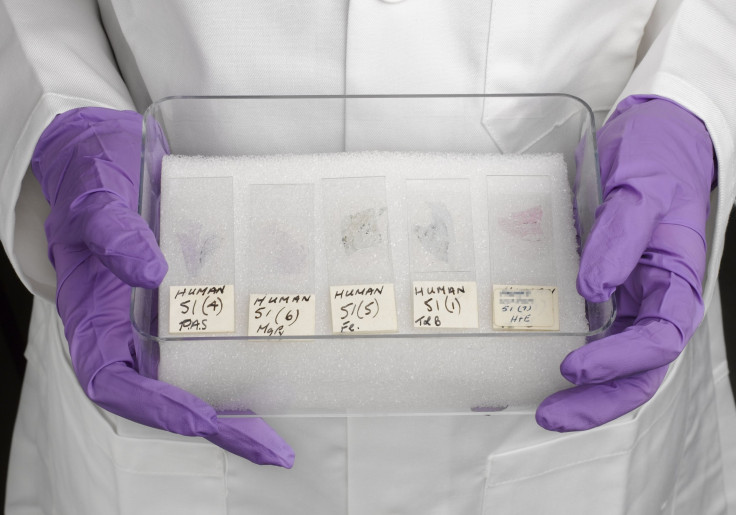Computers Could Overtake Humans At Assessing Lung Cancer Tissue Samples: Study

A new study by Stanford researchers shows that computers are better equipped to perform the task of assessing lung tissue samples from cancer patients than humans.
The task of identifying and differentiating between different types of tumors and what it means for the survival of the patient can be performed better by a machine than in the conventional way where pathologists carry out the classifications, according to the new study published in the journal Nature Communications.
“Pathology as it is practiced now is very subjective,” said Michael Snyder, PhD, professor and chair of genetics at Stanford, in a press release. “Two highly skilled pathologists assessing the same slide will agree only about 60 percent of the time. This approach replaces this subjectivity with sophisticated, quantitative measurements that we feel are likely to improve patient outcomes.”
The researchers analyzed 2,186 images from patients suffering from adenocarcinoma or squamous cell carcinoma gathered from the Cancer Genome Atlas. Additional information like the grade and stage for each sample and the period of survival for the patient it came from was also added.
This information was then fed to the software, teaching it to identify almost 10,000 tumor traits, which was then tested on samples from 294 lung patients at the Stanford Tissue Microarray.
The computer software showed significant success in the identification and prognosis in each case.
“In hindsight, everything makes sense. And the computers can assess even tiny differences across thousands of samples many times more accurately and rapidly than a human,” said Snyder.
The current study focused solely on lung cancer, but according to the author of the study, with further research a similar approach could also be applied for many other types of cancer.



























